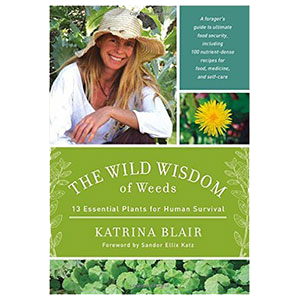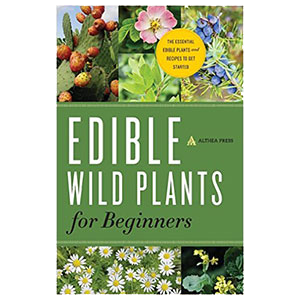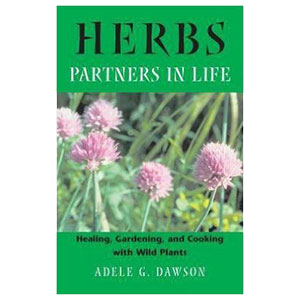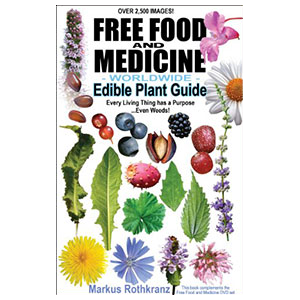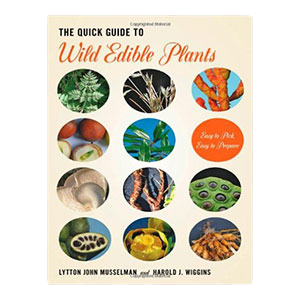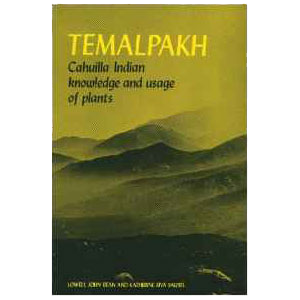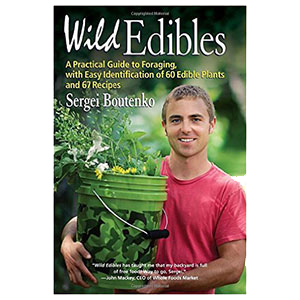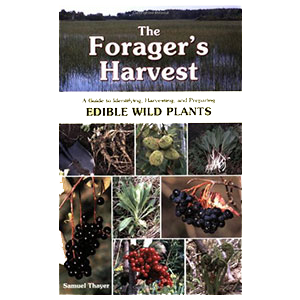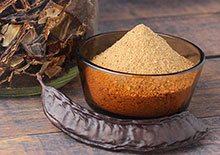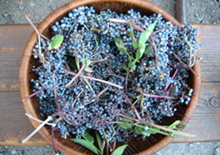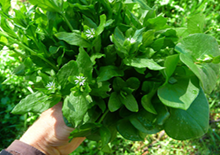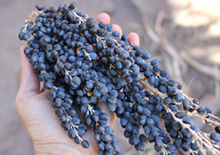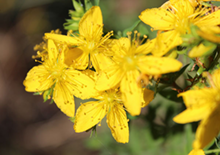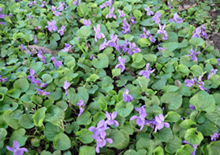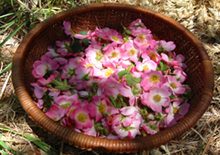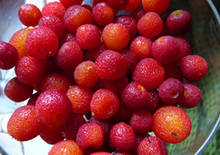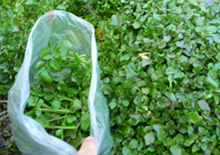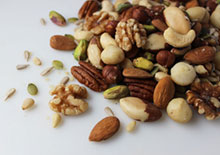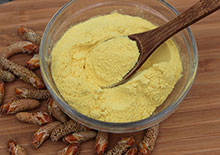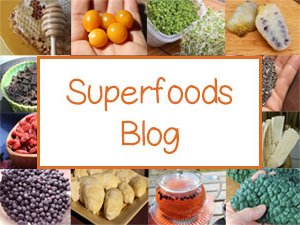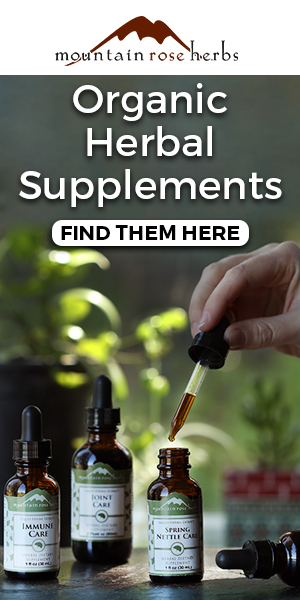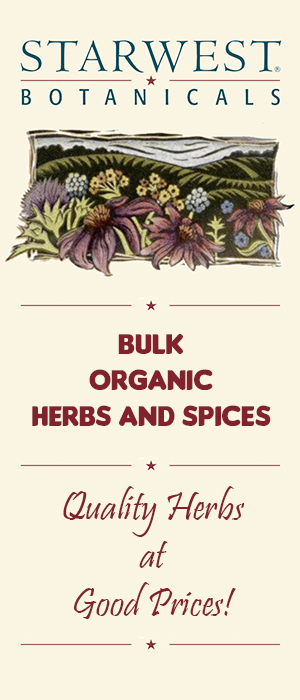- Home
- Wild Plant Foods
- Wild Fruits and Nuts
Wild Fruits and Nuts, Nature's Abundant Gifts
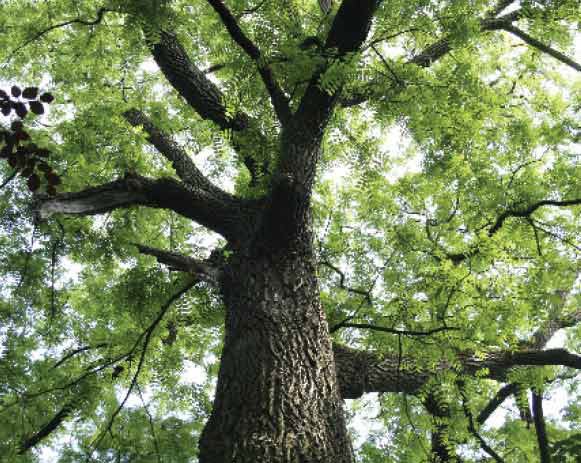
Wild fruits and nuts are nature's produce section ready and waiting for us to fill our shopping bags for FREE! There is no check out line to wait in and all is open for the taking on wild and public lands.
Get your fatty acids and fats from these wild super foods that can help to round out your super health experience!
Wild fruits and nuts are nature's gifts waiting to be harvested. I simply adore those moments on a hike when I come across food growing off a tree or vine... the garden of Eden seems to come to life!
In tropical climates wild fruits and nuts are abundantly growing everywhere like weeds, you can't stop them if you tried.
Lots of nuts and lots of fruit... massive, ripe and full of wild flavors!
Here in California where I spend a lot of my time, I have become accustom to a few favorite fruits and nuts that my husband and I often seem to find growing in abundance in many wild locations.
He actually has a wild fruits and nuts map of certain areas around the state that we have harvested wild fruit that is literally falling off the trees and rotting on the ground.
No one seems to take advantage of this free source of produce, so we try to make a habit of returning every year to harvest wild apples, berries, assorted nuts and figs.
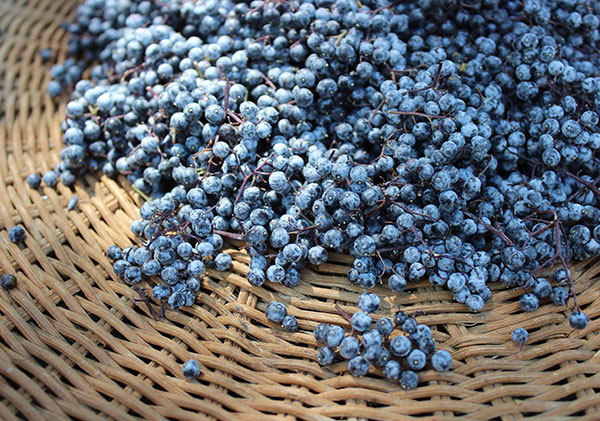
Top Favorite Wild Fruits and Nuts
Walnuts
Both English and black walnuts grow wild all over the hills of California. Once they take root in the ground they grow into mighty, strong trees that produce year after year.
We discuss the store bought variety on our nuts and seeds page. But really, nothing quite compares to harvesting your own from a wild meadow location with singing birds and wildlife.
They have a husk you peel off to get to the nut. The black walnuts have a husk that is stains your hands, so beware. They are usually abundant in early to late fall.
Wild Apples
If you have ever had a wild apple you can almost taste the subtle sweet flavor and crispness from memory. They are nothing like the apple varieties you find at the market.
Hardy and simple is the best way to describe them. All I know is that when I go out to harvest wild apples, I can eat a lot of them... which is not the case with more sugary store bought apples.
Wild apples also have a pure water content and pectin that seems to brush the colon clean!
Fig Trees
This is one of those trees that brings me right back to storybook fairy tales.
If you have you ever been underneath a big one, you know they are quite magical! They love to grow together in a community of trees and their big leaves create spaces that are very conducive to swings or picnics.
They usually come to fruit two times a year in most climates where they grow. That's good with me! Biting into a dark, soft, wild fig is my version of heaven!
We have a favorite cluster of fig trees we love to visit and harvest from that grow right next to hot springs! Does it get any better than that?
Pine Nuts
There are over 20 species to pine trees that produce pine nuts. The sugar pine and the gray pine, both pinyon pines, are the main ones we tend to harvest from.
We find summer dried pine cones on the ground before the squirrels get to them.
You can turn the cone upside down and just shake them out. The flavor of this long white nut is so rich, sweet and piney!
Sometimes we make pestos out of wild greens and wild pine nuts... wow!
Acorns
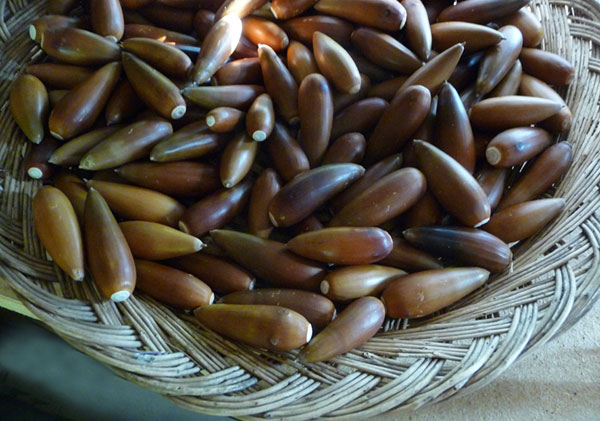
Acorns are the nuts of oaks! There are many varieties ranging in size. As history reveals, they were a significant source of fuel for the Native Indian populations that collected, leached and ground them into a meal to be heated and eaten.
Harvesting and processing your own requires some know how and a few basic skills. It takes some practice, but once you understand the leaching process to extract tannins, they can become a tasty hot food.
Acorns grow in abundance from massive wild oak trees and are a great survival food you can't buy in the store.
Olive Trees
We discussed olives on our good fats page for they contain an amazing amount of fatty oils (ie: olive oil) with monounsaturated fats.
Wild olives are also fatty and delicious. The trees are one of the oldest living trees known and are incredibly pest, disease and fire resistant. The wild olives we harvest are literally probably a few centuries old, if not older.
They range from dark black to green versions. All olives need to be cured in a salt brine to be edible.
Wild Berries
Elderberry
Elderberries are kind of like small blueberries. They are one of those wild small trees popularized in folklore and herbal medicine around the world.
The berries have antioxidant activity and flavonoids that stimulate the immune system.
In the Sierra foothills of California there are many wild places that you will find these berries ripe and ready for the pickin. Usually in the late summer/fall months depending on the elevation.
When we are hiking or biking through the alpine hills, I always have my empty bags ready to pack. Once you find your first elderberry tree/bush you will always find more.
Madrone Berry
I first started harvesting madrone berries when working with an herbalist teacher who collected them every year to make beaded madrone berry necklaces.
Now, I gather these cute little berries to add to desserts and smoothies when I want to add a little wildness to my recipes.
They are also, of course, great just by themselves straight off the tree.
The madrone tree itself is always a sight to behold. The trunk and limbs reminds me of smooth human skin. You can get quite a lot of berries off of one big tree. They are usually ripe in the late fall and winter between Nov-Feb.
Blackberry
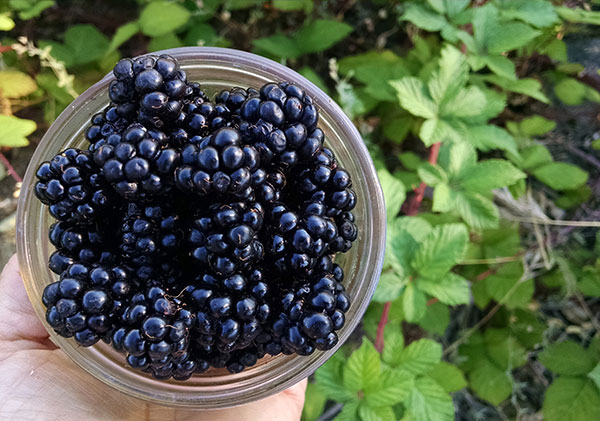
I can't really say enough about blackberry. We have been collecting blackberries for many years among many a bear poop and thorny vines.
I don't mind getting scratched up a bit for a big huge basket full of these dark, rich purple gems.
Over the years we have come to have our favorite harvesting spots that we check periodically in the early to late summer season.
Some blackberries are big and long and some are short and more seedy, either way we love to blend them up in our smoothie recipe or just eat them by the handful on a hike on a hot summer day.
Kumquat
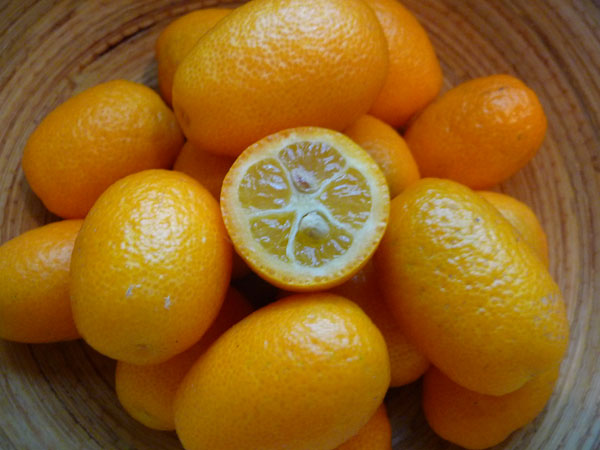
These little citrus fruits actually grow wild in many moderate climates around the world. The inside fruit is tart like a lemon, but the outside peel (which is edible) is very sweet, proving a nice balance of both tastes.
There are usually many many kumquats growing on one citrus bush or tree. I have be told they can also be infused to make a nice cough syrup, though I have not tried this personally.
Precautions:
It is extremely important that you positively identify any wild edible plant before you harvest and eat it. There are many poisonous and even deadly look-a-likes, so it is good to err on the side of caution and use a plant identification guide to get to know the specific wild edibles in your local area.
Shop Related Products (About Affiliates & Amazon Associate Paid Links)
Affiliate Disclaimer: This section contains affiliate product links. If you make a purchase through our recommended links, we receive a small commission at no additional cost to you. Thanks for the support.
